The Purr That Could Shake Your House
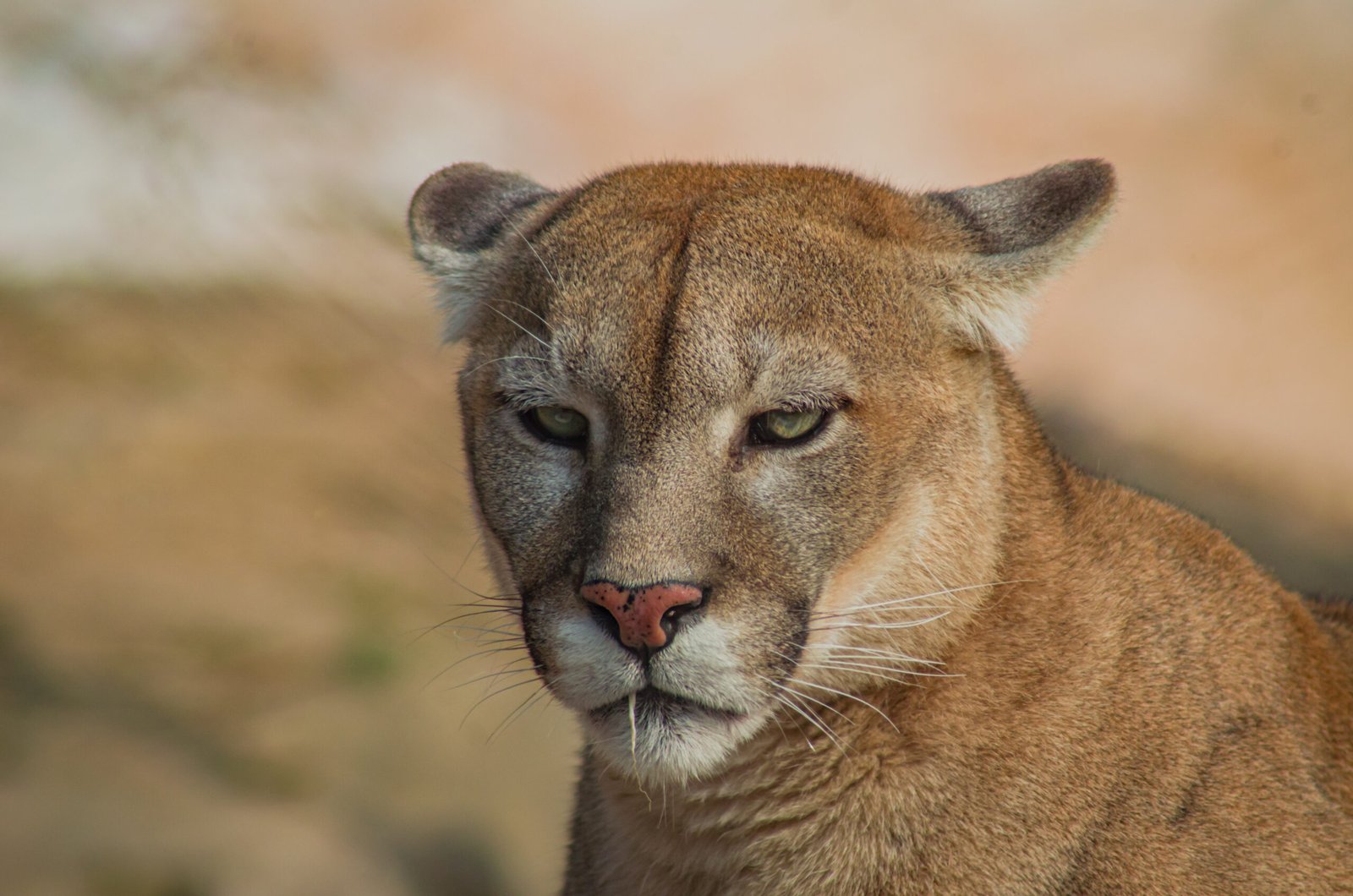
Think your house cat’s purr is loud? Tigers and leopards can purr so powerfully that the vibrations travel through the ground for miles. Unlike your tabby’s gentle rumble, a tiger’s purr sounds more like a diesel engine starting up. These massive purrs aren’t just for pleasure either — they’re used to communicate location and emotional state to other big cats. The frequency is so low that it can actually be felt through your chest if you’re close enough. It’s like nature’s own version of a subwoofer system.
Scent Messages That Last for Weeks
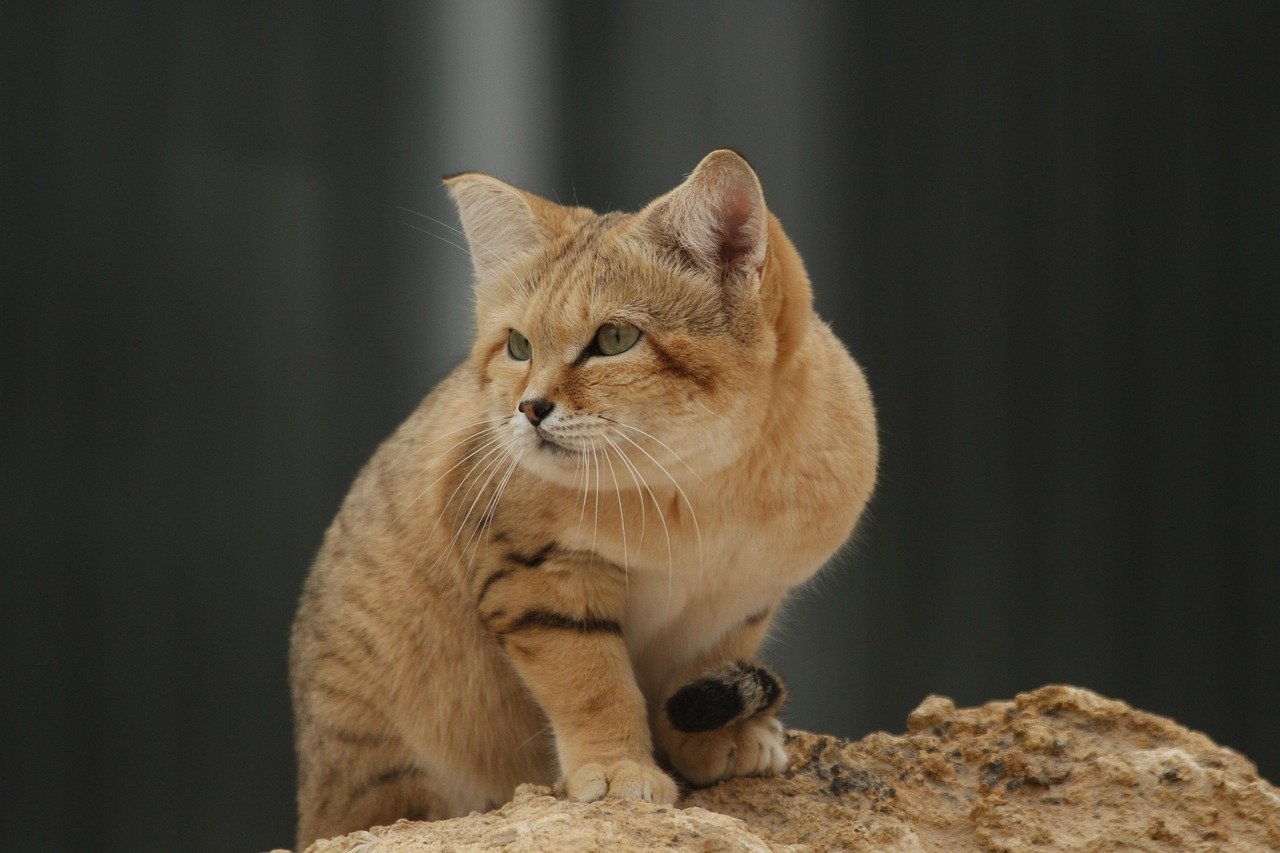
Big cats are basically walking perfume factories, but their scents tell complex stories that would make any gossip magazine jealous. A single spray from a jaguar can reveal their gender, age, health status, and even what they had for dinner last week. These scent posts work like ancient bulletin boards, staying active for up to three weeks in the right conditions. Lions will actually take turns sniffing and adding their own contributions to create community scent libraries. It’s like social media, but with a lot more sniffing involved.
The Silent Stalk Language

When big cats go hunting, they develop an entire sign language using just their tails and ears. A flicking tail tip means “I see prey,” while flattened ears signal “stay back, this is my hunt.” Lionesses have perfected this silent communication so well they can coordinate complex group hunts without making a single sound. Even their whiskers play a part, twitching in specific patterns to convey different hunting strategies. It’s more sophisticated than most human military hand signals.
Head Bumps That Say “I Love You”
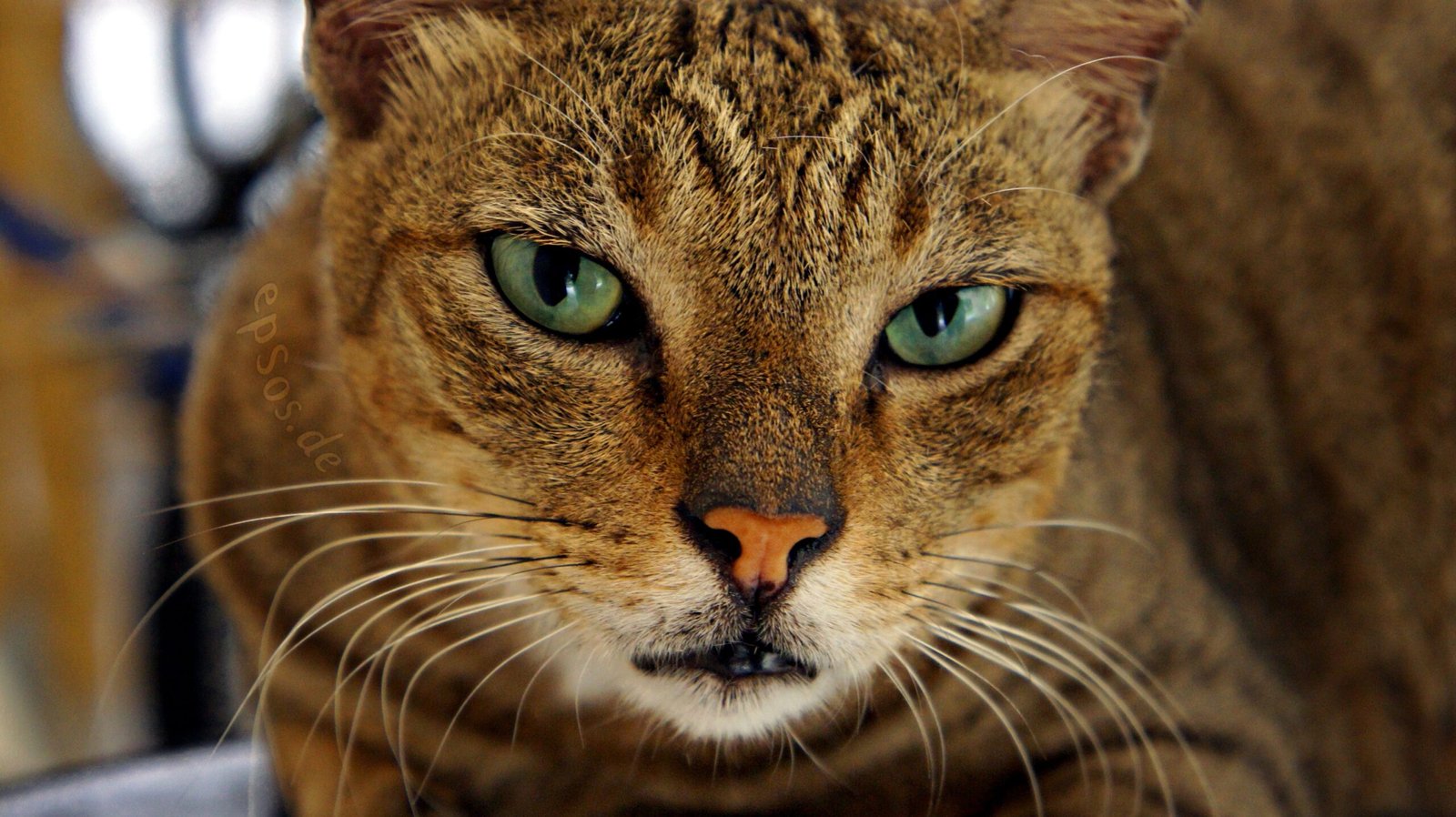
That adorable head bonking your house cat does isn’t just cute — it’s serious big cat business. Tigers, lions, and leopards all use head rubbing as their primary way of saying “you’re family.” The gesture transfers scent from special glands on their faces, essentially marking loved ones with their personal signature. Mothers use this technique to bond with cubs, and mates do it to strengthen their relationships. Think of it as the ultimate biological friendship bracelet that can’t be removed.
Chuffing — The Big Cat’s Friendly Hello
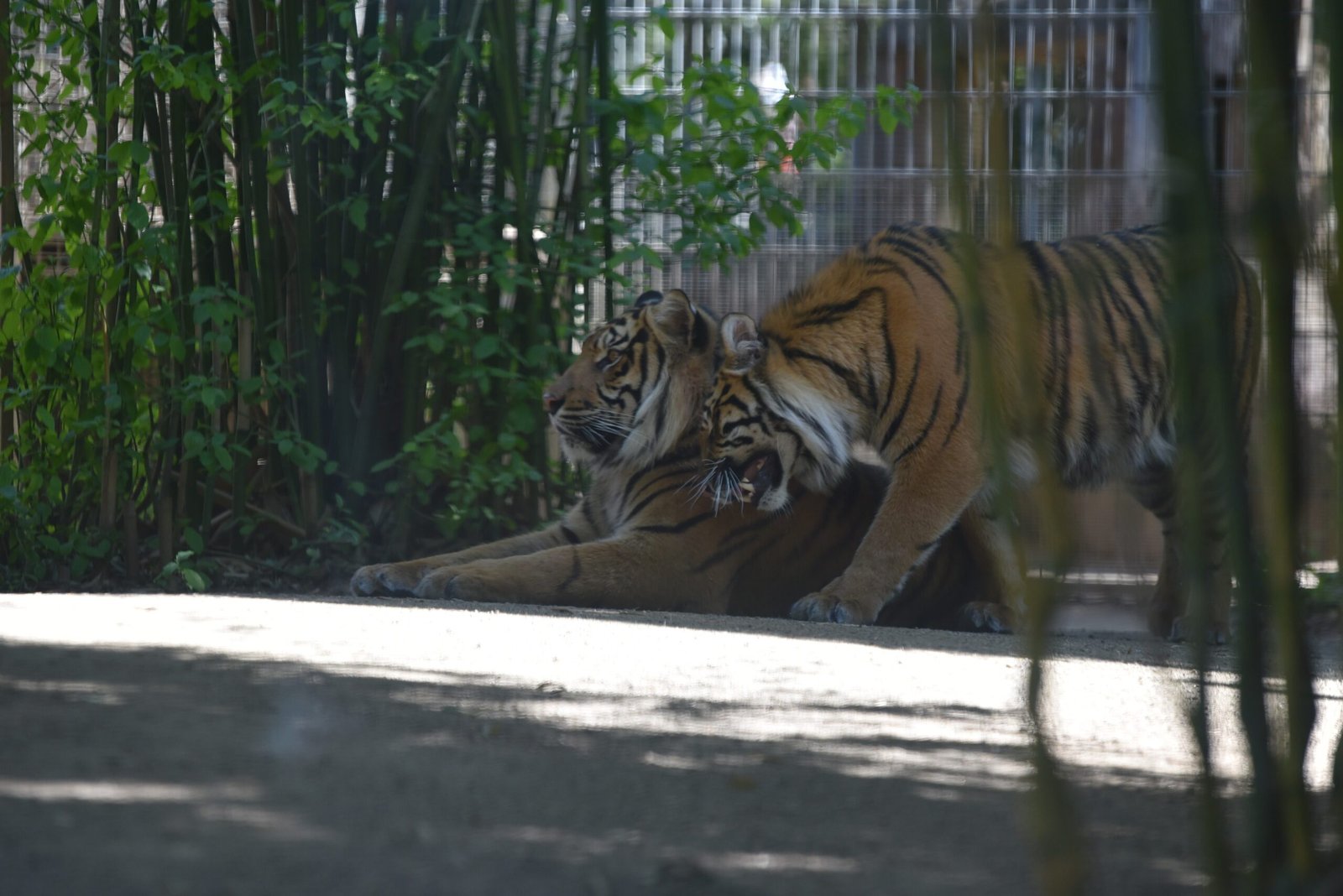
Tigers have invented the most adorable greeting sound that sounds like a cross between a sneeze and a laugh. Called “chuffing,” this soft puffing noise is reserved only for cats they genuinely like and trust. Unlike roaring, which carries for miles, chuffing is an intimate sound meant for close-range conversations. Wild tigers will chuff to their cubs, mates, and even to human caretakers they’ve bonded with. It’s basically the big cat equivalent of saying “hey there, good to see you” in the sweetest possible way.
Tail Tales That Reveal Everything

A big cat’s tail is like a mood ring that never lies. When a lion’s tail is held high with the tip curled forward, it’s broadcasting confidence and friendliness to the whole pride. A low, twitching tail signals irritation or hunting focus, while a tail tucked between the legs means submission or fear. Leopards use their tails like semaphore flags, creating different patterns to communicate with cubs hiding in trees. The positioning is so precise that experienced wildlife researchers can predict a cat’s next move just by watching tail movements.
The Roar That Carries Messages Across Miles

Everyone knows big cats roar, but few realize these vocalizations are actually complex long-distance phone calls. A male lion’s roar can travel up to five miles and contains information about his size, age, and territorial boundaries. Tigers adjust their roar’s pitch and duration based on what message they want to send — short, sharp roars mean “back off” while longer, rolling roars are more like “hey, anyone out there?” Female big cats often roar to call their cubs home or to coordinate with hunting partners. It’s like having a built-in PA system that works across entire forest regions.
Eye Contact Rules That Could Save Your Life
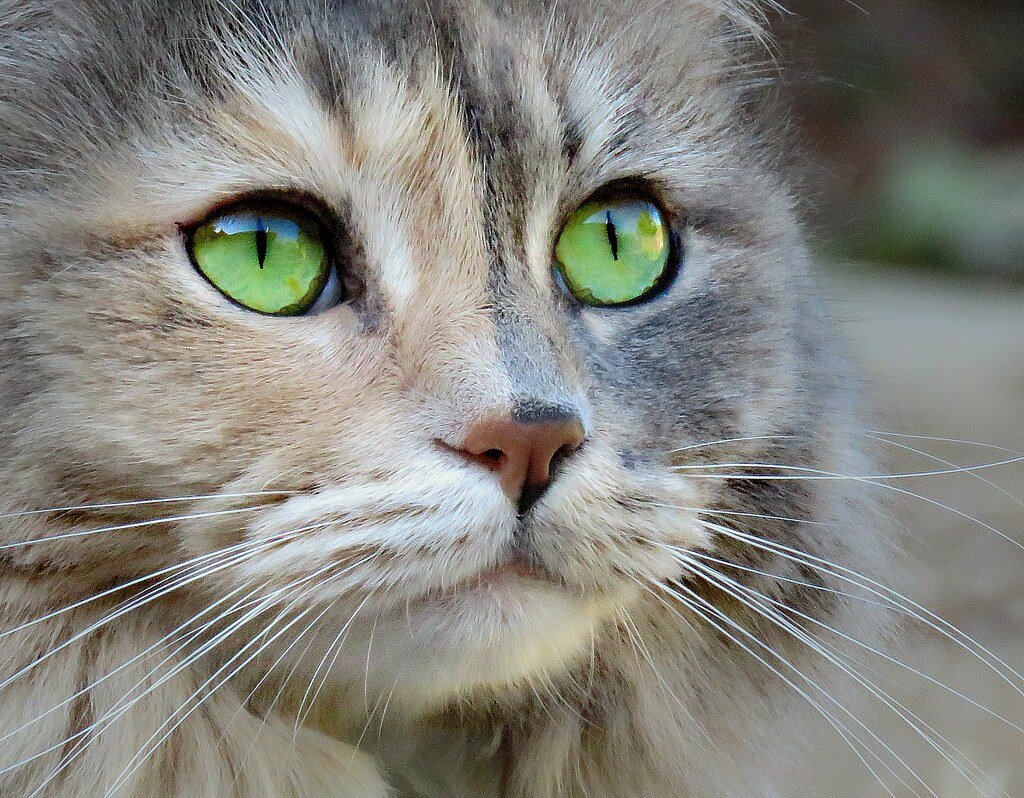
In the big cat world, eye contact is serious business with rules more complex than royal etiquette. Direct staring is considered a challenge or threat, which is why experienced wildlife photographers always avoid prolonged eye contact. However, slow blinking is the universal big cat sign for “I’m peaceful and not a threat.” Mother cats use this technique to calm anxious cubs, and even wild cats will slow-blink at humans they trust. Lions in a pride use specific eye contact patterns to establish hierarchy without fighting. Master these rules, and you’re speaking fluent big cat diplomacy.
Scratch Marks That Work Like Ancient Graffiti

Those claw marks on trees aren’t just cats sharpening their weapons — they’re elaborate communication billboards. Each scratch pattern tells a story about the cat’s size, strength, and territorial claims. Tigers create scratch posts at specific heights to show off their impressive reach, while leopards often add bite marks for extra emphasis. These marks also carry scent from glands between their toes, creating a multi-sensory message that lasts for months. It’s like leaving your business card, but way more intimidating and with built-in perfume.
Body Rolling That Broadcasts Confidence

When big cats feel completely safe and content, they’ll perform dramatic full-body rolls that look almost playful. This behavior is actually a sophisticated form of communication that says “I’m so confident in my territory that I can expose my vulnerable belly.” Wild tigers have been observed rolling in front of cameras, essentially giving wildlife photographers the ultimate compliment. Lions use rolling as part of bonding rituals, often triggering group rolling sessions that strengthen pride relationships. It’s the big cat version of letting your guard down completely, and it’s absolutely mesmerizing to witness.
The Secret Language of Whisker Positions

Big cat whiskers are like emotional antennas that broadcast feelings more accurately than facial expressions. Forward-pointing whiskers signal curiosity or excitement, while whiskers pulled tight against the face indicate fear or aggression. Hunting cats will position their whiskers to help navigate in darkness, but they also use whisker positioning to communicate with other cats during group activities. Mother cats teach cubs to read whisker language as one of their first communication lessons. These facial sensors are so sensitive they can detect air currents and emotional vibrations from other cats, making them the ultimate mood detectors in the animal kingdom.
Which of these amazing communication methods surprised you the most?
Hi, I’m Bola, a passionate writer and creative strategist with a knack for crafting compelling content that educates, inspires, and connects. Over the years, I’ve honed my skills across various writing fields, including content creation, copywriting, online course development, and video scriptwriting.
When I’m not at my desk, you’ll find me exploring new ideas, reading books, or brainstorming creative ways to solve challenges. I believe that words have the power to transform, and I’m here to help you leverage that power for success.
Thanks for stopping by, Keep coming to this website to checkout new articles form me. You’d always love it!






